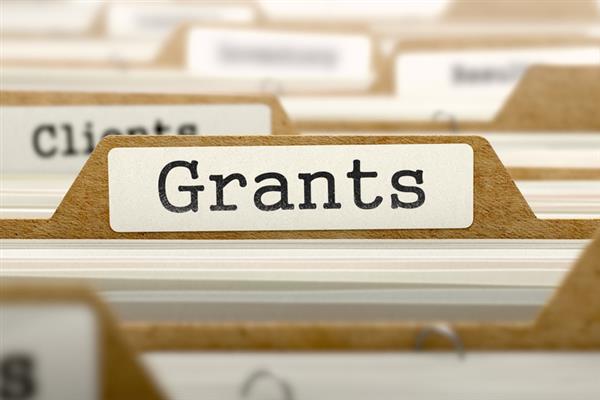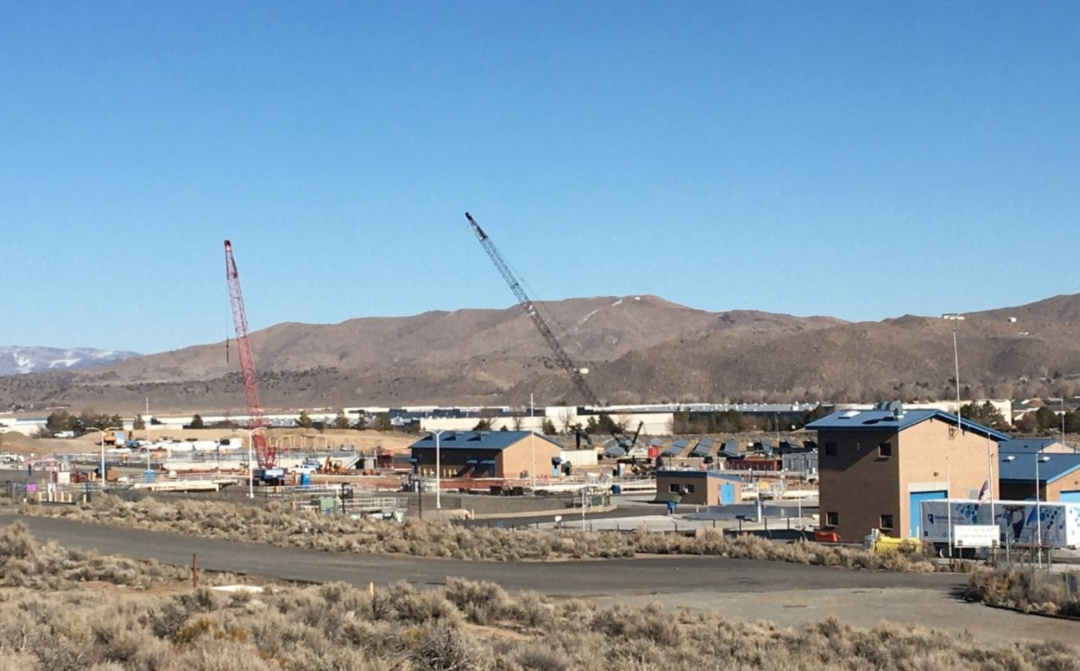
by JMadmin | Sep 3, 2021 | CARES Act, CEDs, Economic Development, News, Uncategorized
Collected by the Western Nevada Development District Economic development grants and loans can help revitalize and build sustainability in urban, rural, and tribal communities. Strategic investments help support local economies, create jobs, and attract private...

by JMadmin | Aug 24, 2021 | CARES Act, CEDs, News
RuBA provides business training, mentorship, and funding up to $25K Program to be delivered in English and Spanish The Audacity Institute is accepting applications for the Rural Business Assistance Program (RuBA). to support small business, startups, side gigs or an...

by JMadmin | Aug 6, 2021 | CARES Act, CEDs, Coronavirus, COVID-19, Economic Development, News
Collected by the Western Nevada Development District Economic development grants and loans can help revitalize and build sustainability in urban, rural, and tribal communities. Strategic investments help support local economies, create jobs, and attract private...

by JMadmin | Jul 2, 2021 | CEDs, News
Collected by the Western Nevada Development District Economic development grants and loans can help revitalize and build sustainability in urban, rural, and tribal communities. Strategic investments help support local economies, create jobs, and attract private...

by JMadmin | Apr 19, 2021 | CEDs, News, Resiliency, Uncategorized
14 Ways Western Nevada Can Become More Resilient Greetings Fellow Nevadans, In the April 2021 edition of the Western Nevada Development District’s Economic Recovery & Resiliency Update, you’ll find a variety of information you can use, including: – Resiliency and...

by JMadmin | Apr 10, 2021 | CEDs, News
Reno Stead Water Reclamation Facility & Tahoe Prosperity Center A City of Reno water infrastructure project essential to regional business and long-term job growth was given a $5 million boost from the U.S. Department of Commerce’s Economic Development...







